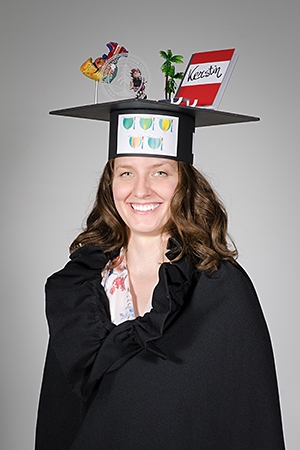Kerstin Müller
3-D Imaging of the Heart Chambers with C-arm CT
Abstract
Nowadays, angiography is the gold standard for the visualization of the morphology of the cardiac vasculature and cardiac chambers in the interventional suite. Up to now, high resolution 2-D X-ray images are acquired with a C-arm system in standard views and the diagnosis of the cardiologist is based on the observations in the planar X-ray images. No dynamic analysis of the cardiac chambers can be performed in 3-D. In the last years, cardiac imaging in 3-D using a C-arm system becomes of more and more interest in the interventional catheter laboratory. Furthermore, the analysis of the 3-D motion would provide valuable information with respect to functional cardiac imaging. However, cardiac motion is a challenging problem in 3-D imaging, which leads to severe imaging artifacts in the 3-D image. Therefore, the main research goal of this thesis was the visualization and extraction of dynamic and functional parameters of the cardiac chambers in 3-D using an interventional angiographic C-arm system. In this thesis, two different approaches for cardiac chamber motion-compensated reconstruction have been developed and evaluated. The first technique addresses the visualization of the left ventricle. Therefore, a whole framework for left ventricular tomographic reconstruction and wall motion analysis has been developed. Dynamic surface models are generated from the 2-D X-ray images acquired during a short scan of a C-arm scanner using the 2-D bloodpool information. The acquisition time is about 5 s and the patients have normal sinus rhythm. Due to the acquisition time of about 5 s of the C-arm, no valuable retrospective ECG-gated reconstructions are possible. The dynamic surface LV model comprises a sparse motion vector field on the surface, which can be used for functional wall motion analysis. Furthermore, applying various interpolation schemes, dense motion vector fields can be generated for a tomographic motion-compensated reconstruction. In this thesis, linear interpolation methods and spline-based methods have been compared. The combination of the wall motion analysis and the motion-compensated reconstruction is of great value to the diagnostic of pathological regions in cardiac interventions. The second motion-compensated reconstruction approach uses volume-based motion estimation algorithms for the reconstruction of two – left atrium and left ventricle – to four heart chambers. A longer C-arm acquisition and contrast protocol allows for the generation of initial images at various heart phases. However, the initial image quality is not sufficient for motion estimation. Therefore, different pre-processing techniques, e.g., bilateral filtering or iterative reconstruction techniques, to improve the image quality were tested in combination with different motion estimation techniques. Overall, the results of this thesis highly demonstrate the feasibility of dynamic and functional cardiac chamber imaging using data from an interventional angiographic C-arm system for clinical applications.
